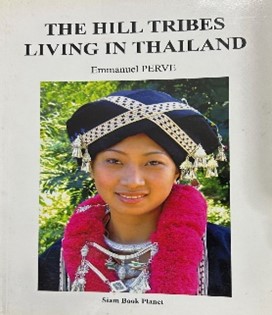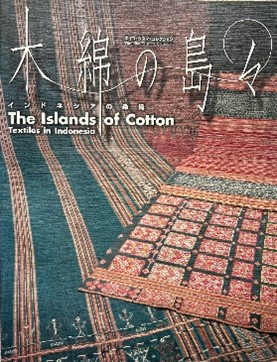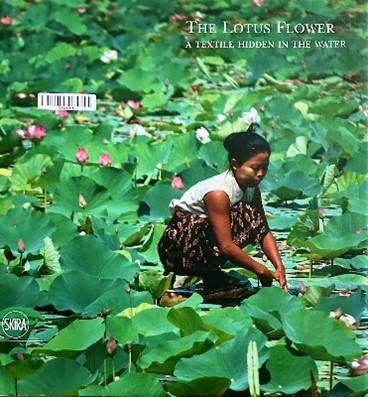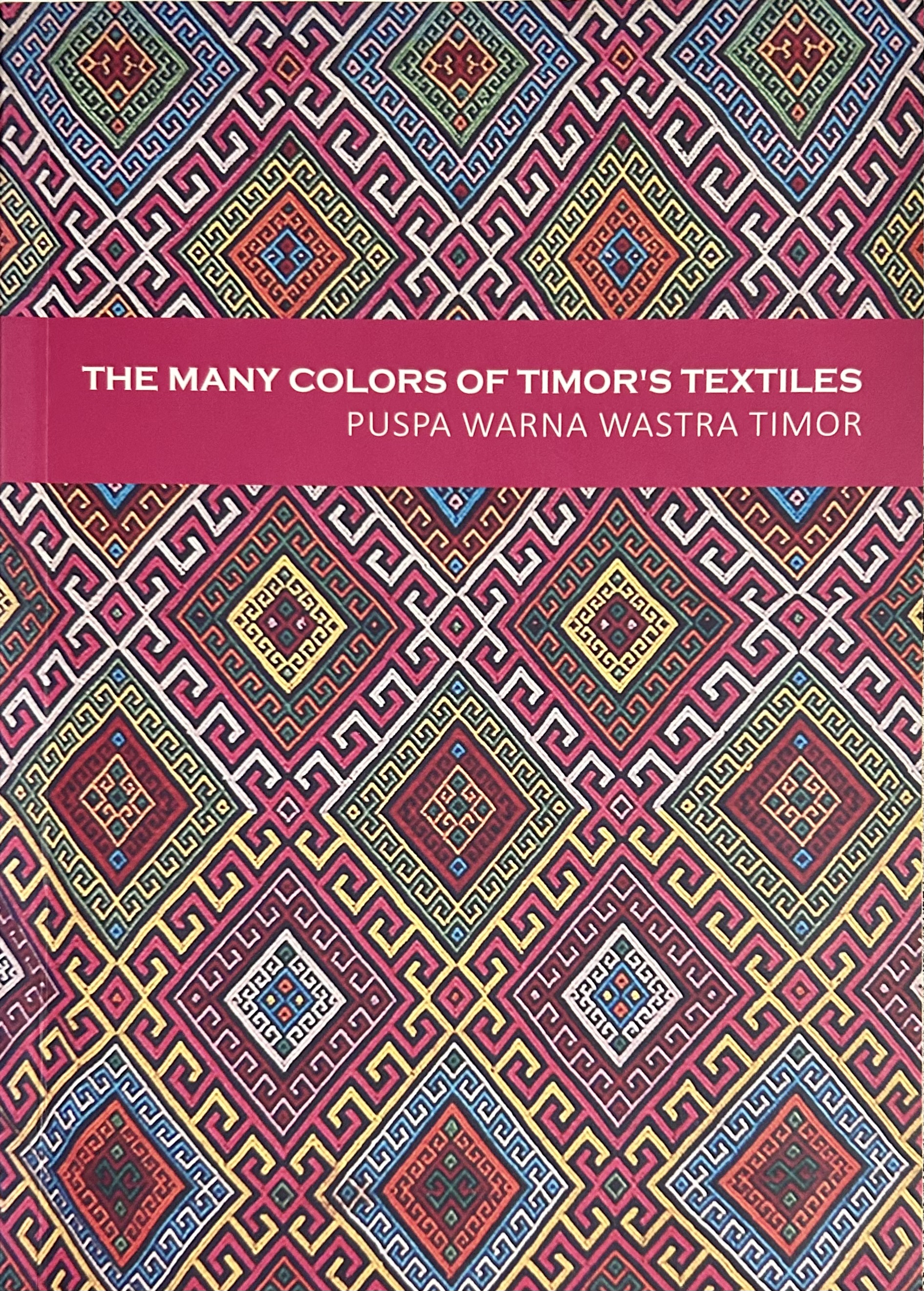

Author: Rosemary Crill, 2015. 248pg. (English)
Publisher: V & A Museum
The volume starts with a detailed exploration of the various materials, techniques, and dyeing processes involved in creating these luxurious fabrics. It emphasizes the central role that cloth plays in Indian life and culture. The book aims to surprise, inspire, delight, and inform readers by showcasing an extraordinary range of materials, along with presenting significant historical masterpieces.

Author: Emmanuel Perve,2011, second edition. 147pg. (English)
Publisher: Siam Book Planet, Chiangmai
This book is an essential resource that offers a comprehensive introduction to the diverse lifestyles of Thailand's six main minority groups: the Akha, Karen, Lahu, Lisu, Hmong, and Yao. It prominently features the Padong, a Karen subgroup that is frequently showcased on tourist trails. This booklet decisively conveys their customs and values, ensuring readers gain a deep understanding of these vibrant cultures.

Author: Fukuoka Art Museum and the Shoto Museum of Art – Tokyo. 2003. 120pg. (Japanese and English)
Publisher: Fukuoka Art Museum, the Shoto Museum of Art
This is a catalogue of Indonesian Textiles from the Eiko Kusuma Collection held in the Fukuoka Art Museum and the Shoto Museum of Art in 2002.

Author: Loro Piano, 2011. 145pg. (English)
Publisher: SKIRA, Italy
The book features full-page images depicting the life cycle of the lotus flower, cultivated by the people of Lake Inle in Myanmar. The locals wait patiently until after the rainy season when the water level rises, allowing the lotus stems to grow even longer. From these stems, they create fibres that are used to produce their sacred shawls.

Author: Judi Achjadi & Benny Gratha, 2015 (Indonesian & English)
Publisher: Jakarta Textile Museum
The catalogue delivers a comprehensive overview of Timor's regions and showcases the strikingly vibrant colors of its textiles, which are derived from natural dyes. The author effectively details various weaving techniques, including Buna, supplementary weft, tapestry, and floating techniques, along with diverse decoration methods. The collection prominently features works from private collectors and the Jakarta Textile Museum, though the descriptions provided in this section could be more detailed.
Page 32 of 37